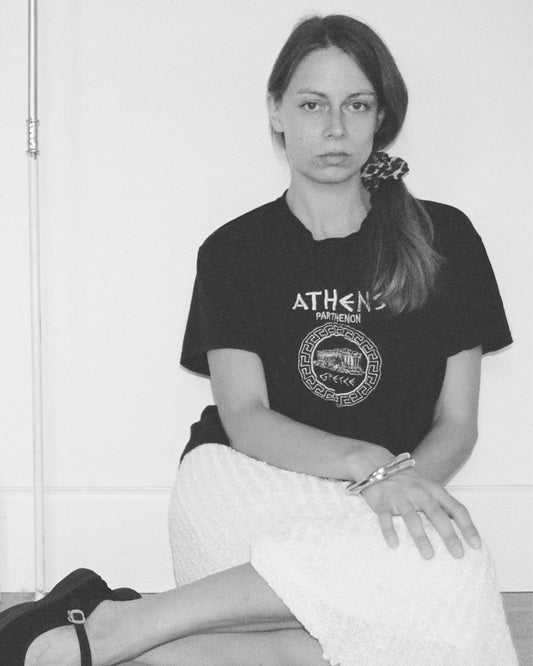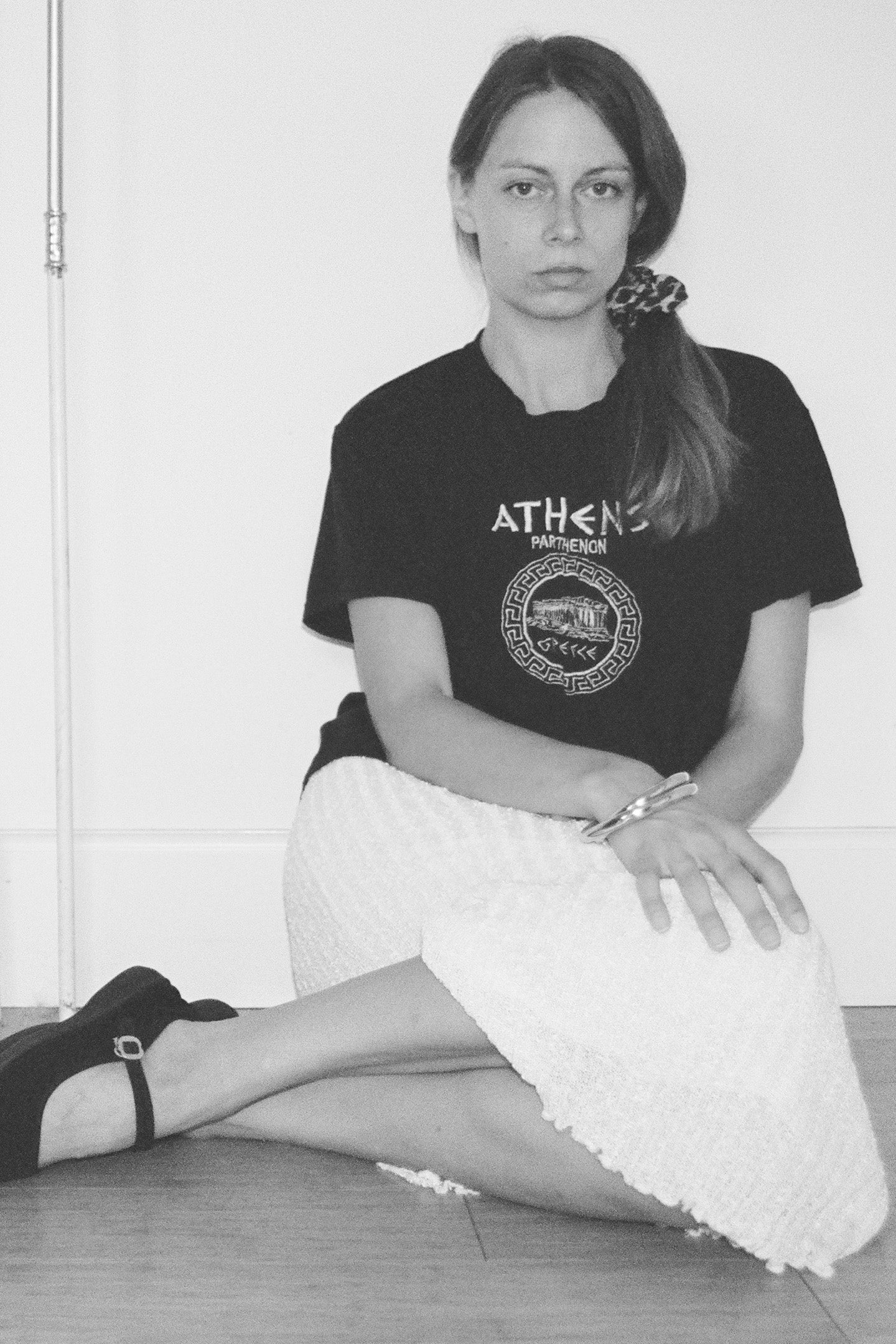
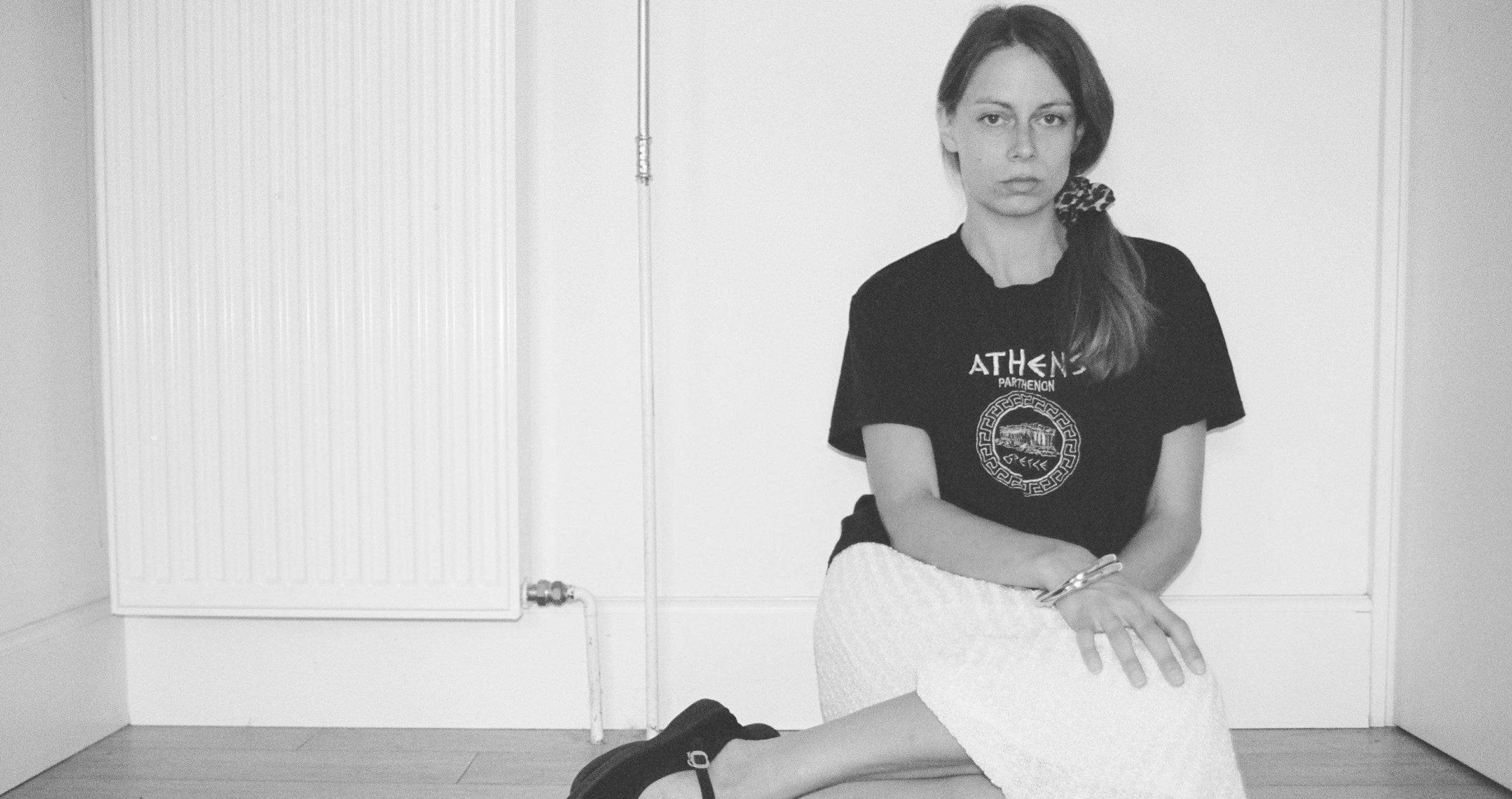
IN CONVERSATION WITH FREDERIKKE-AGNETE SVARRE
We sat down with filmmaker Frederikke-Agnete Svarre to explore the quiet, lingering presence of films - how they hold memory, time and emotion. Through our conversation, she talks about how cinematic moments stay with her, and how films can capture fleeting moments and the subtle details of life.
Is there a film that, to you, feels like a memory – something that lingers as a mood rather than a narrative?
Maybe Agnés Varda’s “Les Glaneurs et La Glaneuse”, 2000. It is slow, it is pleasant, about time passing, and life. I like it a lot, and find it very important in the notion of what objects mean to us, and what they are to us. I was always fascinated with people who collect and with collecting for myself. It is a way of containing time and memory I feel.
Trine Tuxen’s jewelry often draws on memory, layers, and nostalgia. Is there a film you feel evokes a similar sensation?
Jean-Marie Straub’s “Dialogue of shadows”, 2013. A short film Straub created after the death of his wife Daniele Huillet, they were an iconic filmmaker duo together, and this somehow is a beautiful portrayal of how time changes us. “One can only demand what is extreme” One shadow figure reads to the other. This film is a poem by Georges Bernanos, read up by two figures. I feel like as with a precious piece of jewellery, I would like to carry this film with me everyday in everything I do.
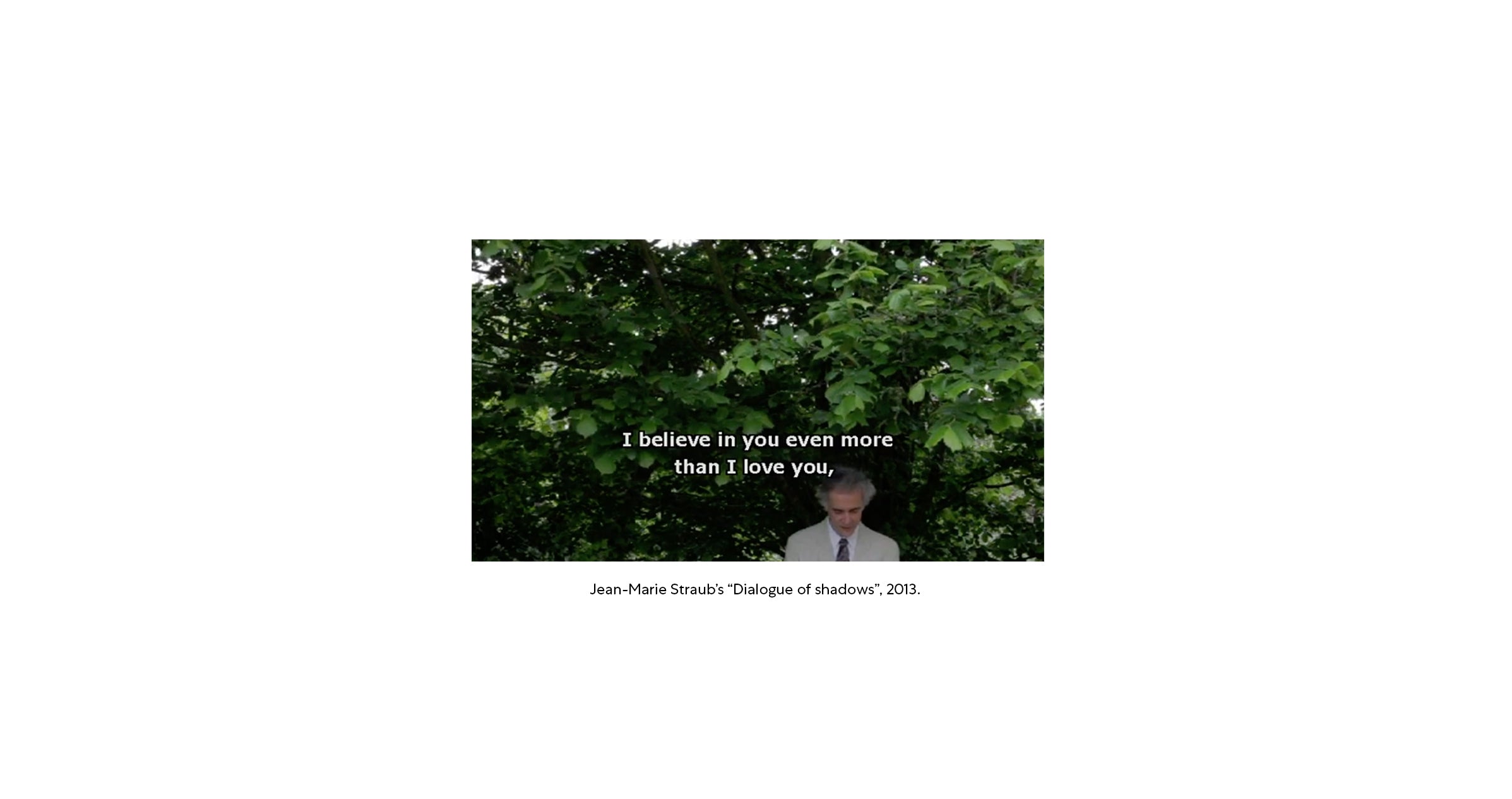

How can films – like jewelry – act as carriers of personal stories?
I think for example that everything has a time, so when buying or receiving a piece of jewelry, that time that we are in, is kind of captured in that object. It is a timestamp somehow, “here we are today, and this matters, and therefore I cement it into an object” One could think. I have a feeling that a lot of memory is located geographically also, you know that feeling of walking past a place where you once broke up with someone, it somehow sticks to that place forever I feel, like a sculpture imprinted in the place. Maybe jewelry carries the same story, looking at it echoes as a small mirror or a portal to that time or moment you got it in.
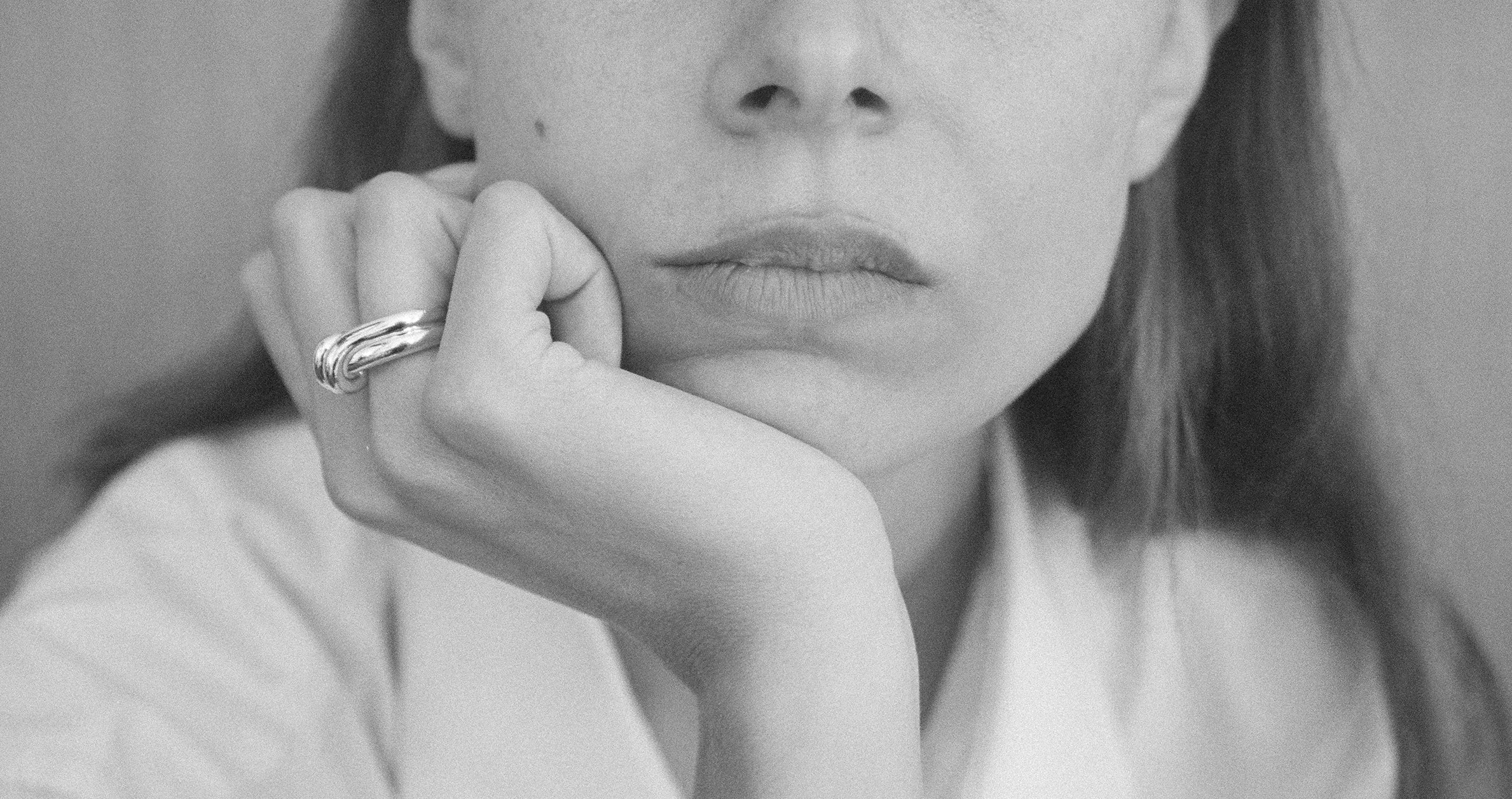
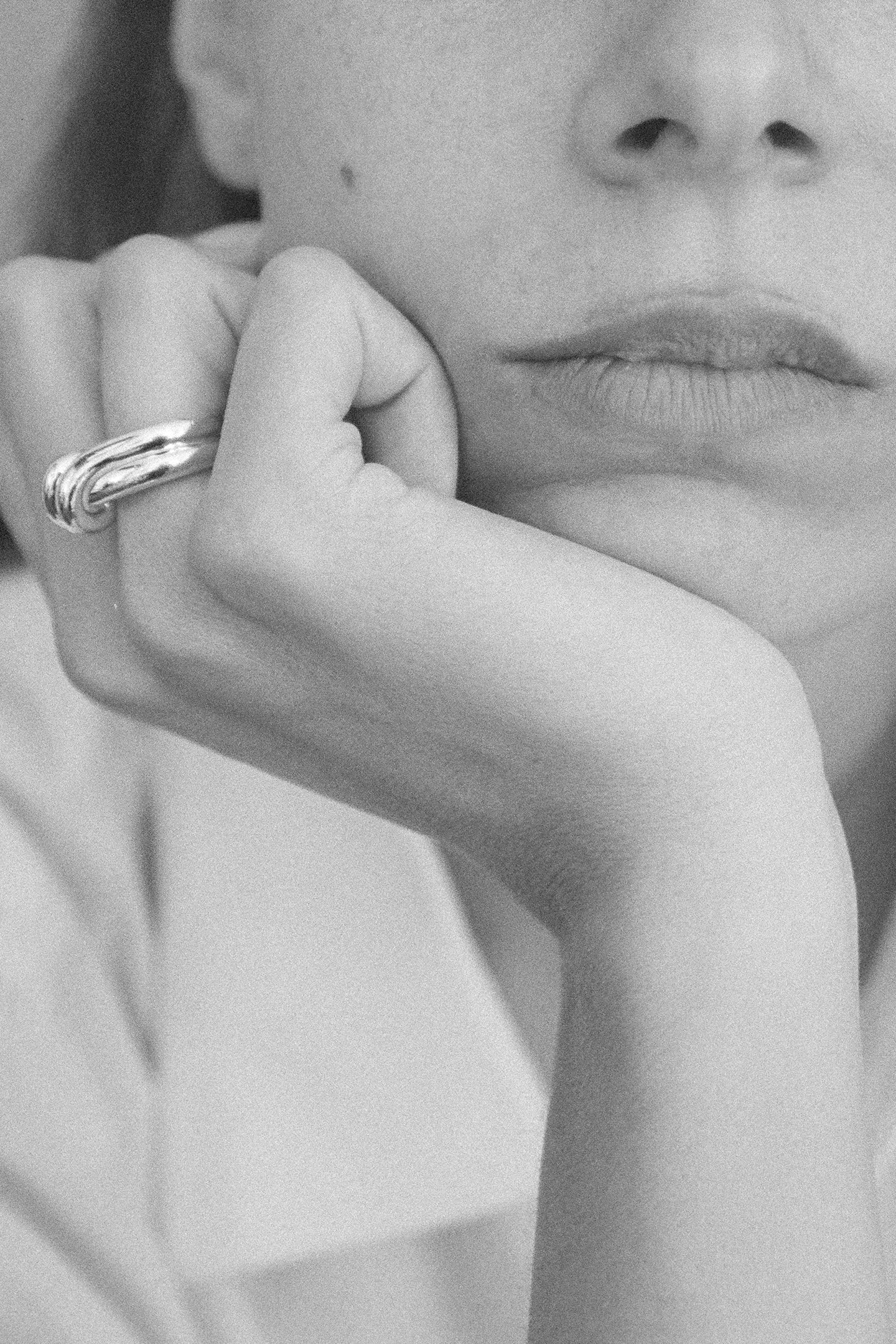
Is there a film that reminds you of your own life, or of a particular childhood memory?
Maybe Joris Ivens “Une Histoire De vent”, 1988, an autobiographical story of a documentarist, travelling the world to capture the wind in the desert landscapes. I think trying to capture something that isn’t containable, like the wind, is a very childlike attitude towards the world. He wanted to capture wind in other things, to show the shape of something that can’t be seen or held on to. I think we’ve all been through trying to capture something like a butterfly, without luck, as kids, and I like the idea of no matter how old you are, you kind of have the same idea of the world around you, it changes, but the child and the adult become one at some point. Or like the french say "Plus ça change, plus c'est la même chose.”.
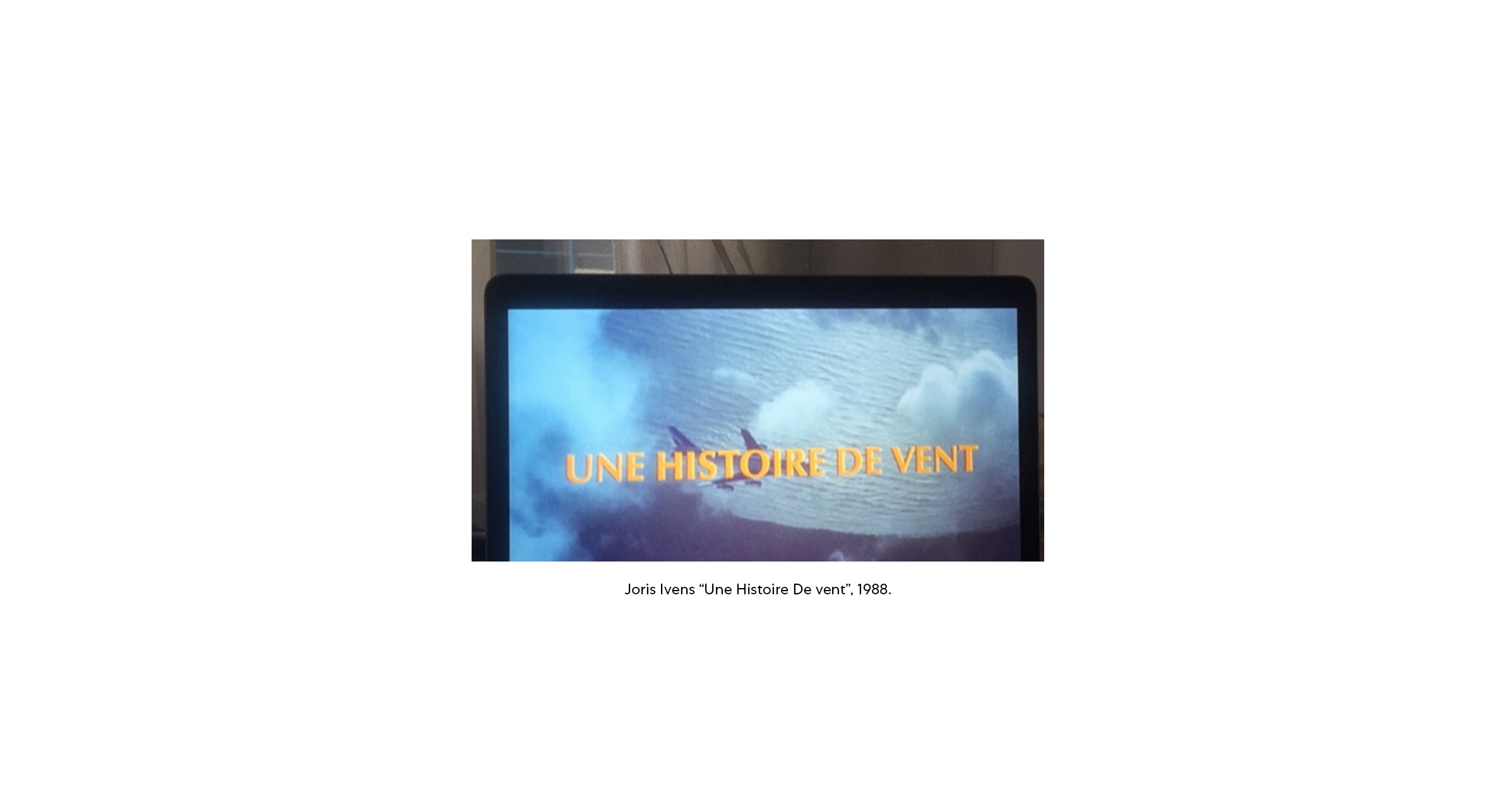

Which art film has made the greatest impression on you, and why?
“The Ballad of Genesis P-Orridge and Lady Jaye”, 2011, by Marie Losier, simply because it is the greatest love story ever. I won’t explain much. “They be saying change, change, change, for all my life” Is a quote I often have as an echo inside my head from the film, because I mostly feel comfortable while moving, a sort of escapism one could mean. Change of scenery is important, and change in general is important. If one stands still how would it be possible to evolve, you know? And also thinking about the world, it needs a lot of change, and if one could live for the spirit more than the body as Genesis P-Orridge and Lady Jaye did, I think we would come closer to seeing the world truly. It’s about courage and bravery to take action and to love wholeheartedly and maybe a tad bit more than what seemed possible. This film is a collage of time and experiences, dreams and longings. Watching this film changed my life forever, I can only recommend!
Is there a film you return to again and again – perhaps because it feels more like a memory than a story?
Jonas Mekas “Song of Avignon”, 1998. It is a short film, and the first time I watched it, I felt as if I saw something I had never seen before. I show it to everyone I love. A poem is read up by Angus Maclise, the drummer of Velvet Underground, who in my world has the most beautiful voice, tone and rhythm. This film I return to because it reminds me of many beautiful memories, and reminds me of how simple yet complex it is to make films. It’s about painful memories, but it seems quite universal while listening to the drummer’s voice, pain is many things, therefore this can be watched with any baggage or memory, releasing that in the void of time unfolding of the film.
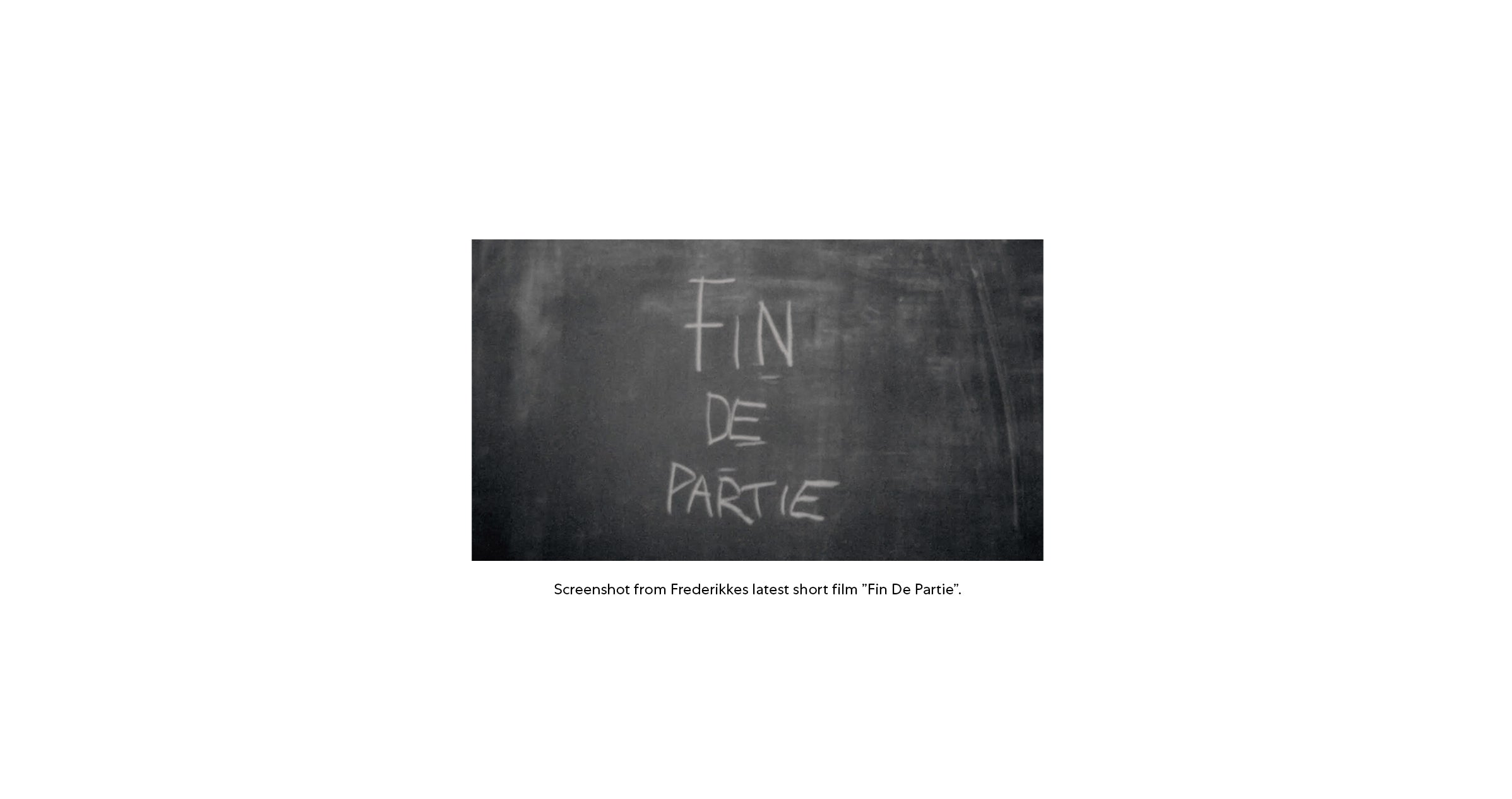

Love seems to be a recurring theme in the films you watch, how do you work with that in your own films?
So far, maybe my films aren’t directly talking about love, but I hope in the future my language for such has evolved. My latest short film “Fin De Partie” is about love, in an abstract form maybe. It’s revolving around two characters, an executioner and a man on death row, based on the novel “Endgame” by J.G. Ballard. I liked working with this novel, because at first it felt very cynical, yet when examining the characters I found a lot of love in the way they were acting and talking with each other, and I wanted to explore that realm, of how I saw them in my head.
It’s maybe like sampling music, to create a new sound. I think I have a big love for all the people that I meet, that introduce me to new universes, and somehow I feel that we become everyone we have loved throughout the years.
It’s a big topic of course, and I sometimes see myself as a sentimental person reaching for other days as a stonecold robot, I'm for sure still trying to find the balance between the two.
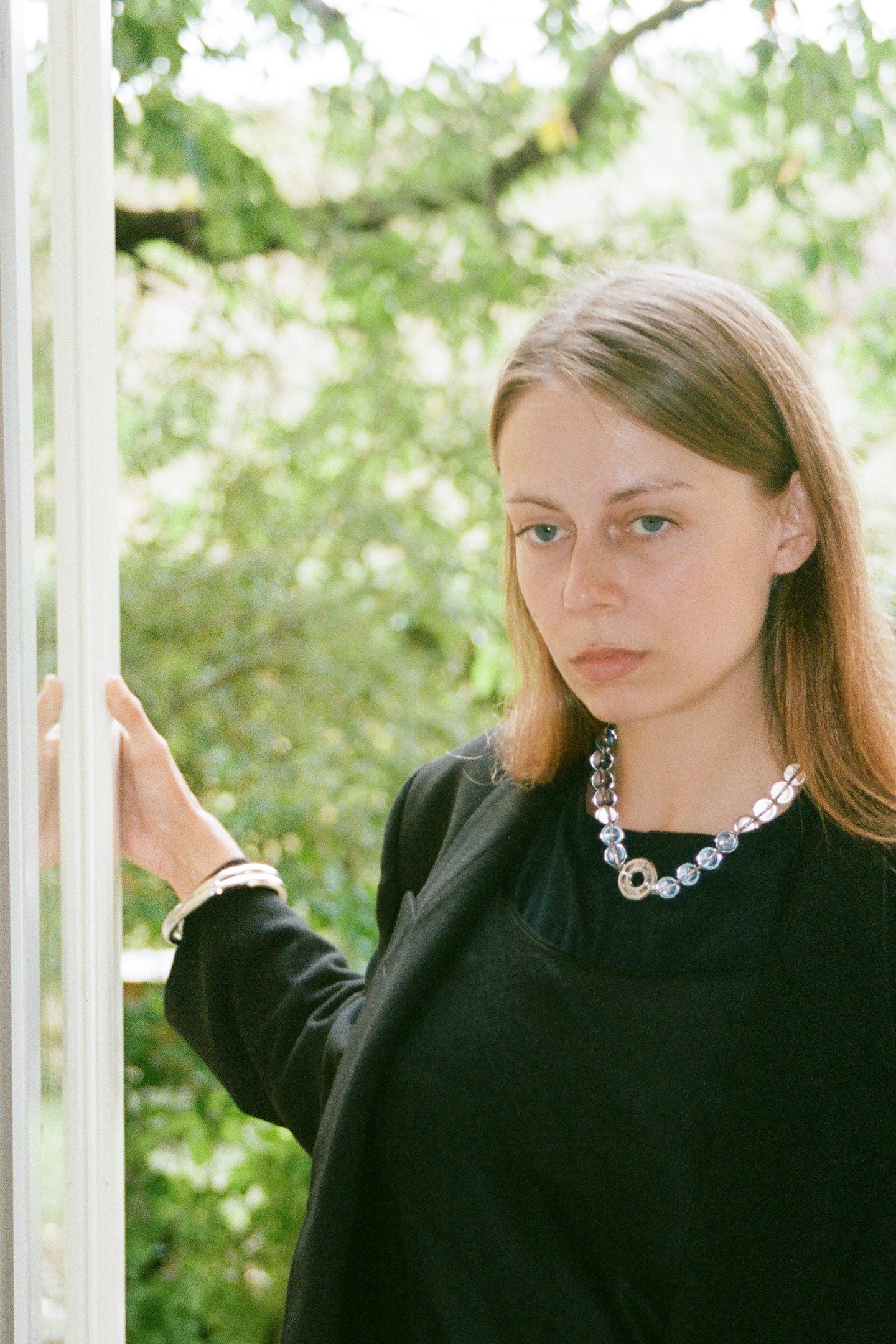
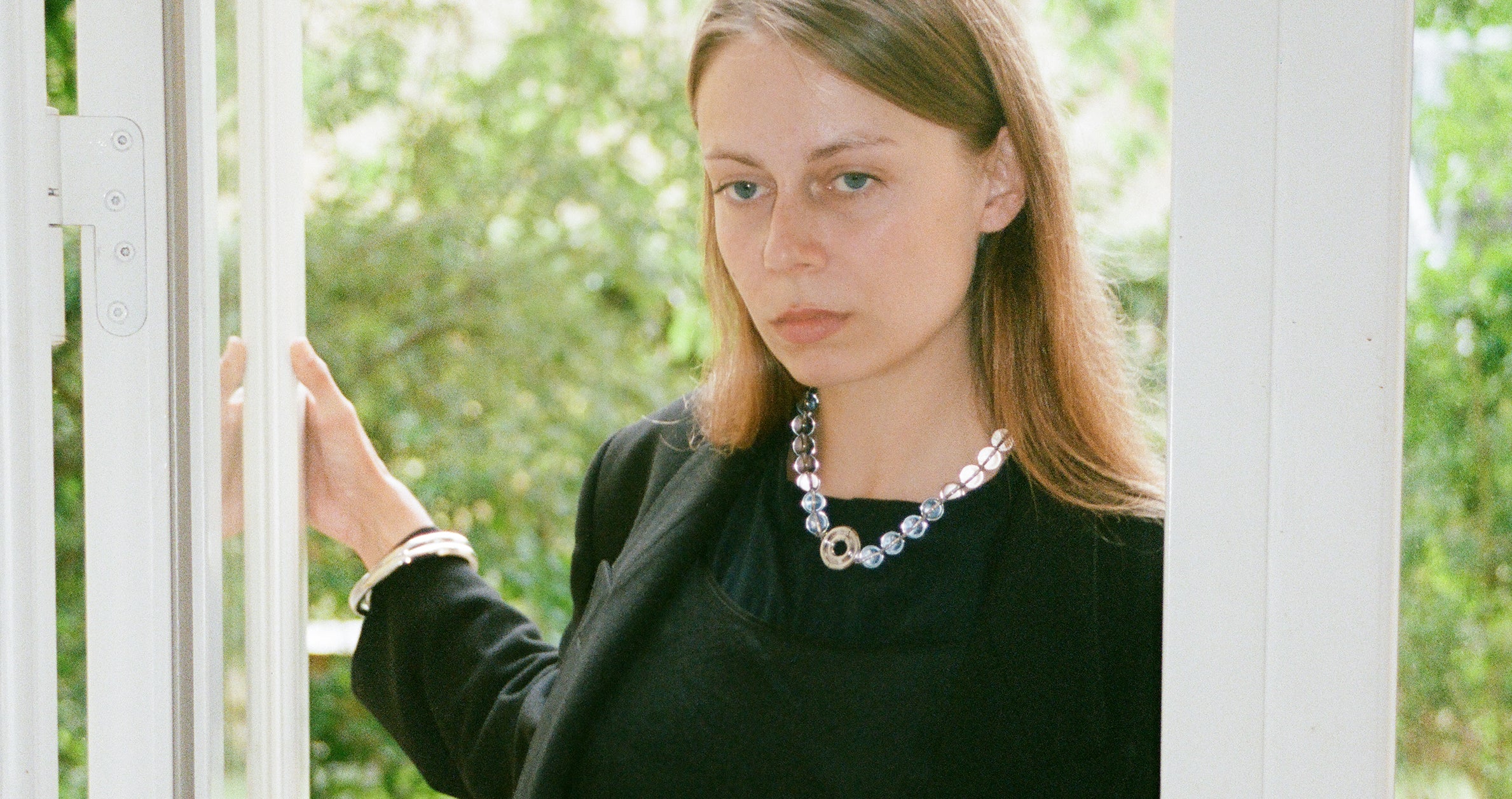
How does growing up in Copenhagen influence the way you make films?
Since I moved away from Copenhagen, I realized how melancholic the sound and art is when coming from Scandinavia. There is a specific sound, and pace to the city, and since more than half of the year is without light, I think we all long for light, and have a certain optimism when spring finally arrives. I have lived both in the countryside and in the city and I think of course it influences how you look at things, and how you act in the world, what you have seen and been around. And now since I don’t live in Copenhagen anymore, I love coming back to it. It’s also kind of like a village, so maybe for me right now it’s nice being a visitor every now and then. I love the city, and all the great community there is for nerding out with friends. It’s a cold place, full of warmth at the same time.
If you were to imagine a Trine Tuxen piece of jewelry appearing in a film, what atmosphere or narrative would you place it in?
Somewhere where excess is stripped away, and simplicity is finding its way back. Where trends don't rule, and where objects are carried with grace and appreciated throughout many years.


